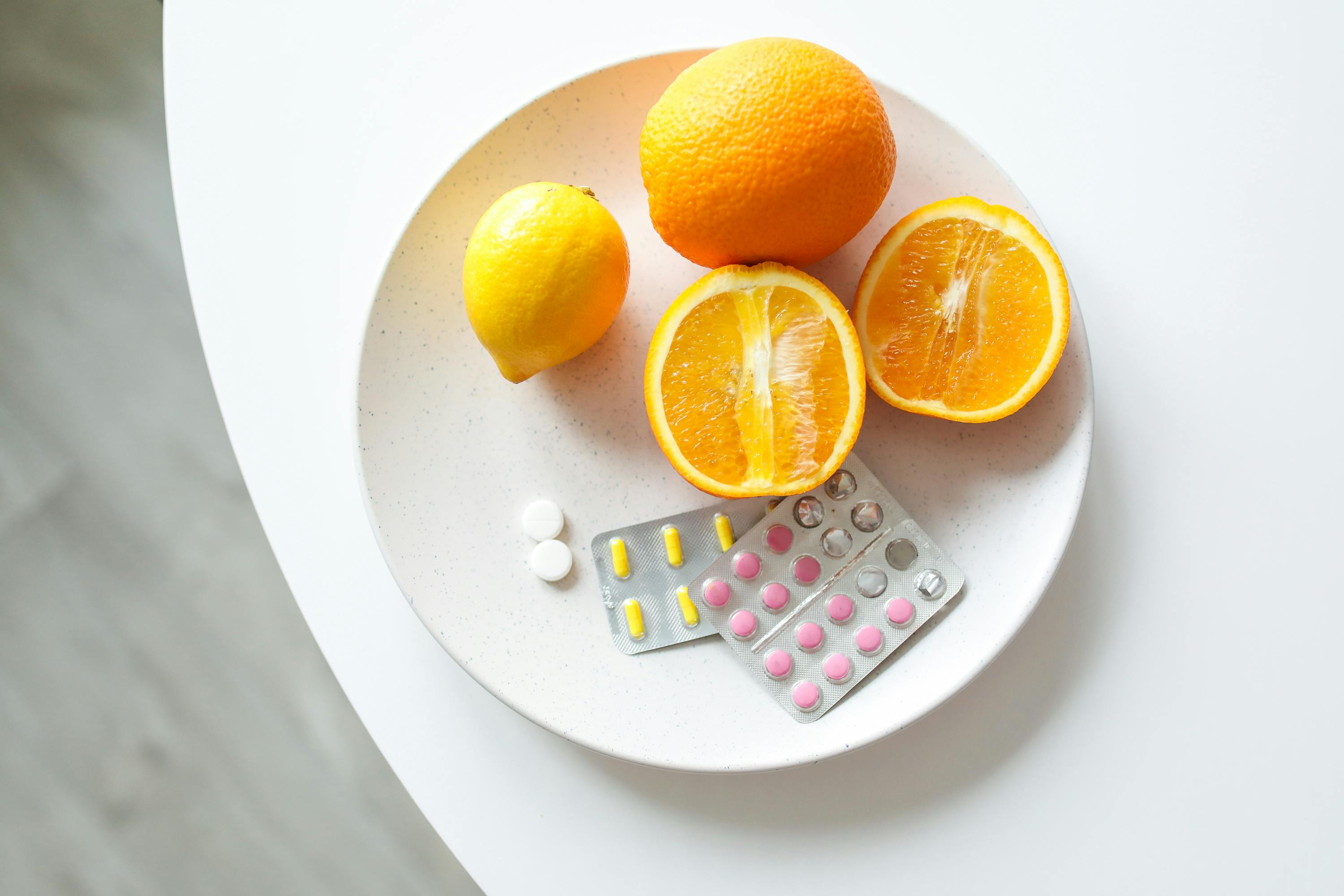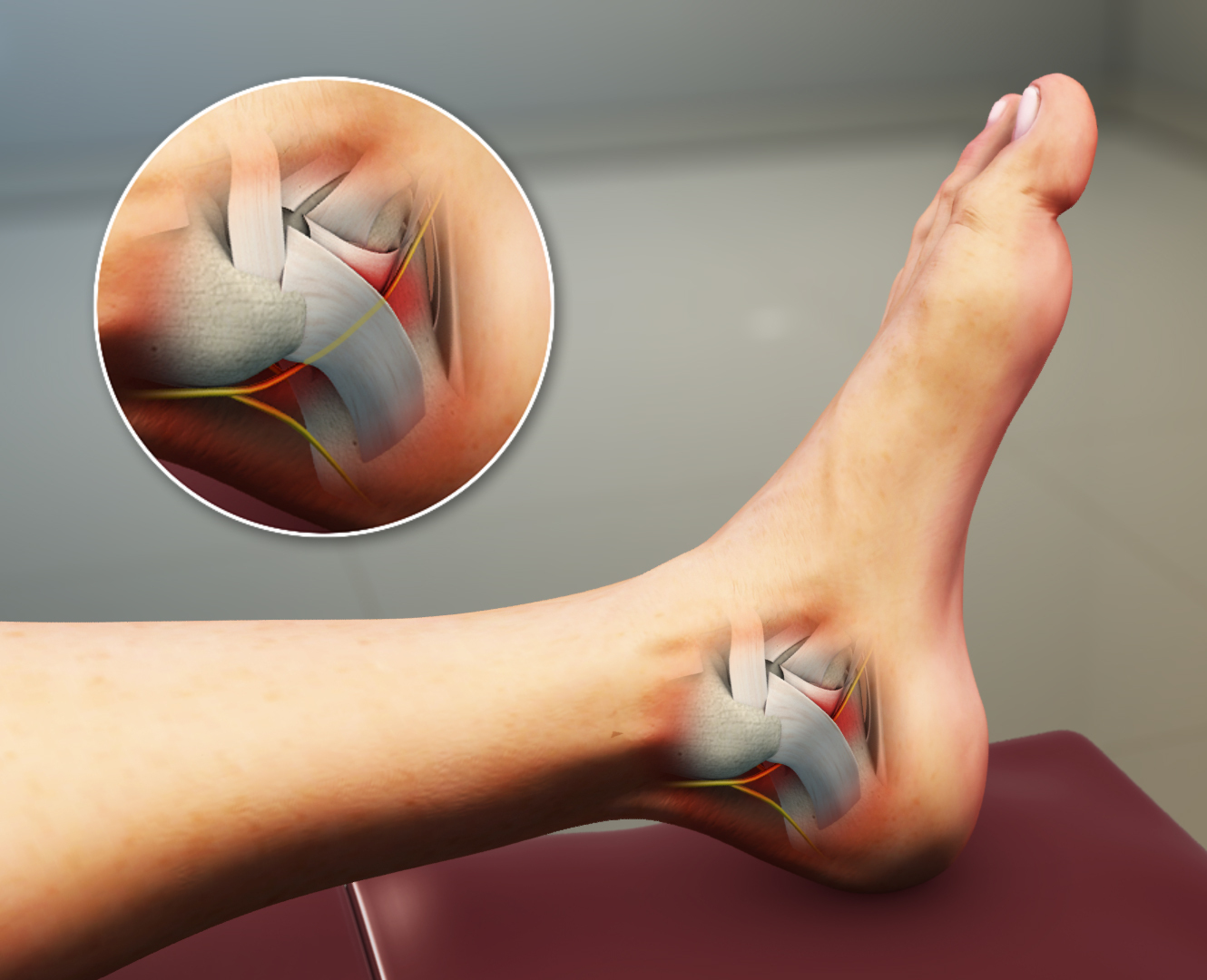6 Surprising Reasons Your Legs Hurt Every Day
Leg pain is a common ailment affecting millions worldwide, often dismissed as trivial or attributed to obvious causes like overexertion or injury. However, the reasons behind persistent leg discomfort can be surprisingly complex and varied. Understanding these underlying causes is crucial for effective management and relief. This article delves into six unexpected factors contributing to everyday leg pain, offering insights that go beyond the conventional explanations. From nutritional deficiencies to overlooked medical conditions, each section unravels a piece of the puzzle, guiding you through a comprehensive exploration of this often-misunderstood issue.
Nutritional Deficiencies: The Silent Agitators

One of the less obvious culprits of leg pain is nutritional deficiencies. Vitamins and minerals play a critical role in muscle function and nerve health. A lack of essential nutrients like magnesium, potassium, and vitamin D can lead to muscle cramps, spasms, and general discomfort in the legs. Magnesium, for instance, is vital for muscle relaxation and nerve transmission; a deficiency can cause persistent muscle tension and pain. Similarly, inadequate potassium levels can disrupt the balance of electrolytes, leading to painful muscle contractions. Ensuring a balanced diet rich in these nutrients can alleviate and even prevent leg pain, highlighting the importance of nutrition in overall leg health.
Poor Circulation: The Underlying Flow Problem

Poor circulation is another surprising reason for leg pain that often goes unnoticed. When blood flow to the legs is restricted, it can cause a range of symptoms, including pain, heaviness, and fatigue. Conditions like peripheral artery disease (PAD) can lead to reduced circulation, where narrowed arteries limit blood flow to the limbs. This can result in claudication, a condition characterized by pain and cramping during physical activity. Additionally, prolonged sitting or standing can exacerbate poor circulation, leading to discomfort and swelling in the legs. Addressing circulation issues through lifestyle changes and medical intervention can significantly improve leg health and reduce pain.
Nerve Compression: The Hidden Trigger

Nerve compression, often overshadowed by more apparent causes, can be a significant source of leg pain. Conditions such as sciatica, where the sciatic nerve is compressed or irritated, can cause sharp, shooting pain that radiates down the leg. This compression can occur due to herniated discs, spinal stenosis, or even prolonged poor posture. The pain associated with nerve compression is typically distinct, often described as a burning or tingling sensation. Understanding the role of nerve health in leg pain is crucial, as targeted treatments like physical therapy, chiropractic care, or surgical interventions can provide relief and restore normal function.
Stress and Anxiety: The Psychological Impact

The connection between mental health and physical pain is often underestimated, yet stress and anxiety can significantly contribute to leg pain. Psychological stress can lead to muscle tension and exacerbate existing conditions, creating a cycle of pain and discomfort. Anxiety can also heighten pain perception, making individuals more sensitive to aches and strains. Moreover, stress-induced behaviors, such as poor posture or sedentary habits, can further aggravate leg pain. Recognizing the impact of mental health on physical symptoms is essential for holistic treatment. Techniques like mindfulness, relaxation exercises, and counseling can help alleviate stress-related leg pain, promoting overall well-being.
Footwear Choices: The Unexpected Culprit

The shoes we wear can profoundly affect our leg health, often in ways we might not anticipate. Ill-fitting or unsupportive footwear can lead to misalignment, placing undue stress on the legs and causing pain. High heels, for instance, shift the body's weight forward, straining the calves and leading to muscle fatigue. Similarly, flat shoes without proper arch support can contribute to conditions like plantar fasciitis, which can cause pain to radiate up the legs. Choosing the right footwear, with adequate support and cushioning, can prevent and alleviate leg pain, underscoring the importance of mindful shoe selection in maintaining leg health.
Hidden Medical Conditions: The Unseen Factors

Finally, underlying medical conditions can be a surprising source of leg pain, often going undiagnosed until symptoms become severe. Conditions like fibromyalgia, characterized by widespread pain and fatigue, can affect the legs significantly. Similarly, restless leg syndrome, a neurological disorder, causes uncomfortable sensations and an irresistible urge to move the legs, often leading to pain and sleep disturbances. Inflammatory conditions like arthritis can also contribute to chronic leg pain. Identifying and treating these hidden medical conditions is crucial for effective pain management. Comprehensive medical evaluation and targeted therapies can provide relief and improve the quality of life for those suffering from persistent leg pain.
